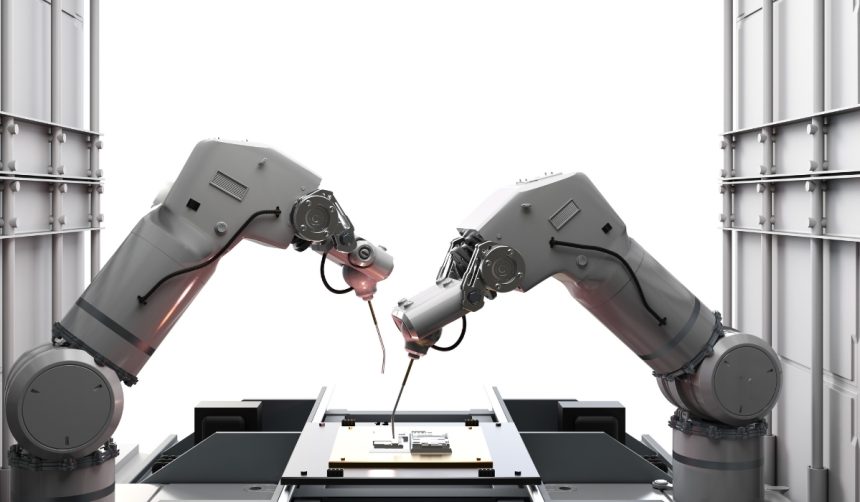A research breakthrough at TU Delft has prompted renewed interest in aerial robotics, as scientists at the Dutch university revealed an algorithm that allows groups of autonomous drones to jointly transport large and heavy payloads. In a demonstration, three custom-made quadrotors worked in unison to carry and position objects, even in environments with simulated wind and moving obstacles. This development could impact several sectors dependent on logistics in challenging conditions, including remote construction and disaster response. Industry observers see this multi-drone approach as a possible response to persistent limitations faced by single-drone systems.
Recent years have seen steady attempts to improve drone collaboration, but most projects struggled with slow coordination and rigid control—especially when facing variable weather or dynamic environments. Until now, commercial and research platforms such as DJI’s Matrice or Skydio X2 largely focused on single-drone performance or simplistic swarming technology, rarely enabling the kind of tightly synchronized payload handling demonstrated by TU Delft’s research team. Past projects often required extra sensors on the payload, limiting adaptability and slowing deployment times, unlike the TU Delft solution that operates without those constraints.
How Does the Algorithm Work with Multiple Drones?
The new system connects several drones to a single payload using cables, enabling them to split the carrying burden and dynamically respond to shifting weights or external disturbances. Adjustments in each drone’s flight path occur in real time, which improves control over both the location and orientation of the payload, critical for safely delivering materials or supplies in complex environments. Typical algorithms failed to coordinate fast enough when drones experienced rapid or unpredictable forces, leading the TU Delft team to create a more responsive approach.
What Testing Did the Drones Undergo?
Researchers constructed their own quadrotors and conducted trials in a lab setting, using fans to simulate windy conditions and moving objects like basketballs as variable payloads. According to roboticist Sihao Sun,
“We built our own quadrotors and tested them in a controlled lab environment.”
The team experimented with up to four drones simultaneously, introducing physical obstacles and different load shapes to determine the robustness of their algorithm. The coordinated drones relied solely on a predefined destination, calculating their own paths and adjustments as needed.
Where Will This Technology Be Used Next?
Although the initial tests were limited to indoor scenarios with motion capture cameras, the research team plans to further develop the algorithm for field use. The intended goal is to deploy this technology outdoors in contexts like offshore wind turbine maintenance, remote agriculture, or emergency rescue, where manual access is limited and aerial transport is otherwise impractical. TU Delft states the flexibility and adaptability of this method remove the need for costly payload-mounted sensors.
“You just tell them where to go, and they figure out the rest,”
Sun explained, highlighting the potential for fully autonomous operation.
Looking ahead, the capacity for autonomous drones—like those developed at TU Delft—to coordinate as a team holds promise for the transport of supplies in dangerous or inaccessible areas. While comparable multi-drone projects have faced issues with responsiveness and hardware dependency, TU Delft’s demonstration suggests a path forward that avoids additional sensors and demonstrates faster reaction to unpredictable events. For readers involved in logistics, robotics, or emergency response, this approach could inform future planning and investments as researchers push toward validated outdoor trials, especially as industries seek reliable solutions for transporting heavy or bulk cargo without relying on manned vehicles. Staying updated on advancements in multi-agent coordination algorithms will be key for organizations aiming to leverage drone technology for critical operations.










